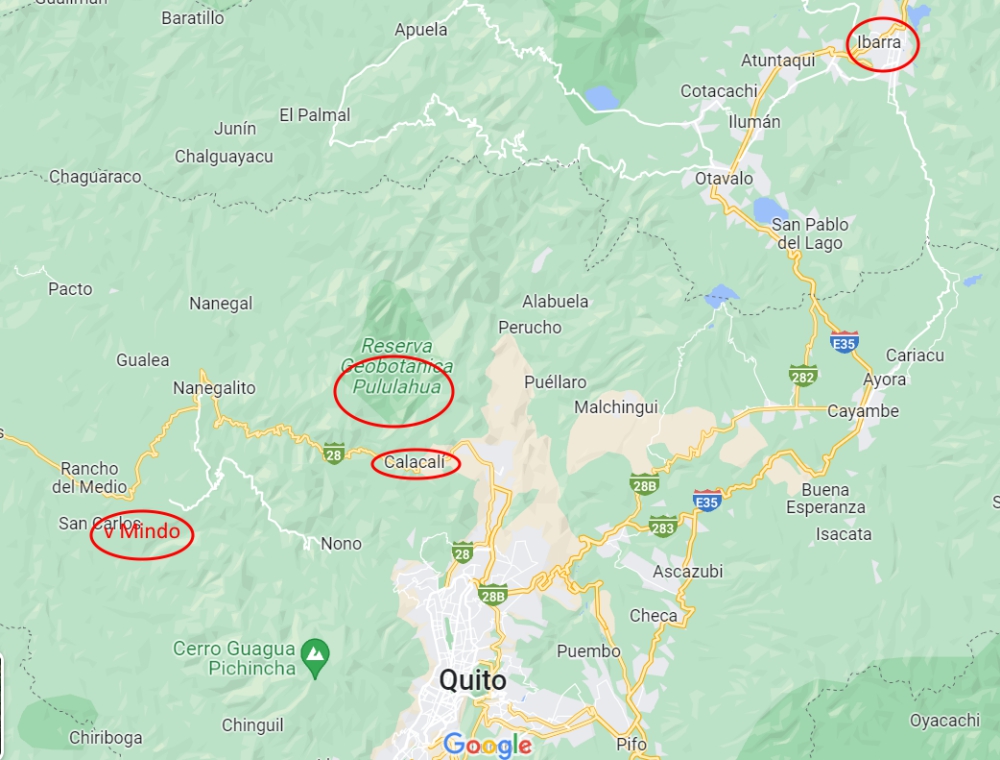
Every month, I post a report of our expenses to show that it is possible to live a comfortable, exciting, and adventurous life without breaking the bank. The less money you spend, the less you need to make. 🙂
This report includes ALL of our expenses, in US$, for two adults and one 60-pound dog (we adopted Maya on June 4th, 2019). Under groceries we incorporate food, produce, and non-alcoholic drinks predominantly bought in supermarkets. Toiletries belong in that category as well. Dining out means eating at a restaurant/event or purchasing take-out food. The health category covers non-prescription medicines and vitamins/supplements; medical contains prescription drugs and doctor’s visits. Because of our income level, Mark and I are eligible for free health care within the state of Massachusetts. For check-ups and extensive care, we return to the US East Coast. Other health issues are resolved locally and out of pocket where needed and possible.
Mark, dog Maya, and I concluded the month of July in Ecuador with our truck camper Thirsty Bella, before crossing the border into Peru.
(As always, click on or hover over photos in galleries to read their captions.)
We splurged in July, mainly on eating and drinking out in places like Baños , Cuenca, and Vilcabamba, where quality establishments are plentiful. Yet, our total expenditure for July was well below US$1,000, our new goal.
Important to note is that Mark and I have been receiving more paid work than before and if that’s reflected anywhere, it’s in those two categories. We spent A LOT in European bakeries in July; good bread (and pastries) is important to this Belgian! Of course, we’ve been busier as well, needing more internet data and having to chase cell service. As a result, we’ve been making more than we are spending, so are not dipping into savings anymore. What a concept! ????
While it has been fun to meet up with friends for drinks and dinner out, after one such night in Vilcabamba, on which we spent US$50, we had to reign ourselves in. That’s a lot of money. Especially for us. Especially in South America!
The grocery cost was quite high, mainly because in early July I did a “failed” border run to Colombia and went shopping in our favorite store, D1, where I stocked up on olive oil, Parmesan cheese, soy sauce, and snacks. These items are expensive or elusive in Ecuador. While the snacks have long disappeared, the bottles of olive oil and “real” soy sauce will last a while.
The car was the second-highest category, with around $180 for fuel (we covered 2/3 of the country with that amount and topped up before the border; you’ll find out next month why), some tolls, and our SOAT (liability insurance) for Peru, which only cost $16 for six months.
I mentioned the dining and drinking out; our fun expenses. The next one was for utilities. We average paying $30 per month for internet in South America (Mark keeps bringing up Starlink, since cell service has been hard to come by at times) and we filled our propane tank near Cuenca. Running out of gas one chilly morning surprised us, while heating water for a shower. We managed to keep turning the water heater back on each time it turned off and reached lukewarm temperatures. Our reasoning for this unpleasant discovery: spending a lot of time above 12,000ft (3,700m), running our gas heater at night. We are more careful now.
The two of us spent about $40 on activities. While national parks in Ecuador are free, pretty much all other entertainment costs money. For this amount, I dove off a bridge in Baños ($20), we paid the town’s entrance fee to Quilotoa Lagoon, the three of us visited some waterfalls, Casa del Arbol (all near Baños as well), and a museum in Cuenca, and we immersed ourselves in the Inca ruins of Ingapirca (see next blog).
The remaining categories were low – we bought ourselves two small paintings of a local artist in Tigua, barely purchased alcohol in stores, had a few loads of laundry done, obtained a $10 health certificate for Maya as a requirement by Peru, and I got my biannual $5 haircut.
A massive way to save money for us is to wild camp/boondock. We don’t want facilities as we are self-contained for up to two weeks (at which point we need potable water), so make due with free parking available in towns and on public lands. In July 2023, we only spent $2 for overnight parking in Rio Verde. The other nights – 30 of them – we “camped” gratis.
A negative about not paying for established campgrounds is that we haven’t slept well, because of fireworks, traffic noise, and other sounds, either at night or early morning. Not that paid camping would solve all these issues… And, some views from our preferred campsites in nature are hard to beat!

Boondocked by Cotopaxi Volcano
Now that we are in Peru, life has become much more pricey and we have to convert our money again – no more US dollars, like in Ecuador!
July 2023 Overview:
Groceries:
Car (fuel: $178; SOAT Peru: $16; tolls: $6; maint.: $5):
Dining out:
Drinking out:
Utilities (internet: $30; propane: $13):
Entertainment (bridge dive, lagoon, waterfalls, ruins):
Gifts (paintings):
Alcohol:
Laundry:
Dog (health certificate Peru):
Health & Fitness (haircut L.):
Camping:
TOTAL:
$282
$207
$177
$81
$43
$41
$24
$14
$13
$10
$5
$2
———
$ 899
(It might be easier to read the table when turning your device in the horizontal position.)
Find all our expense reports here. To learn what other full-time nomads spend each month, check out the blogs of our vanlife friends Duwan and Greg at Make Like An Ape Man.
If you are enjoying these posts, please consider donating to Roaming About in support of our website and our lifestyle. A big thank you to all our readers who have helped out in the past!



























































































































































































































































































